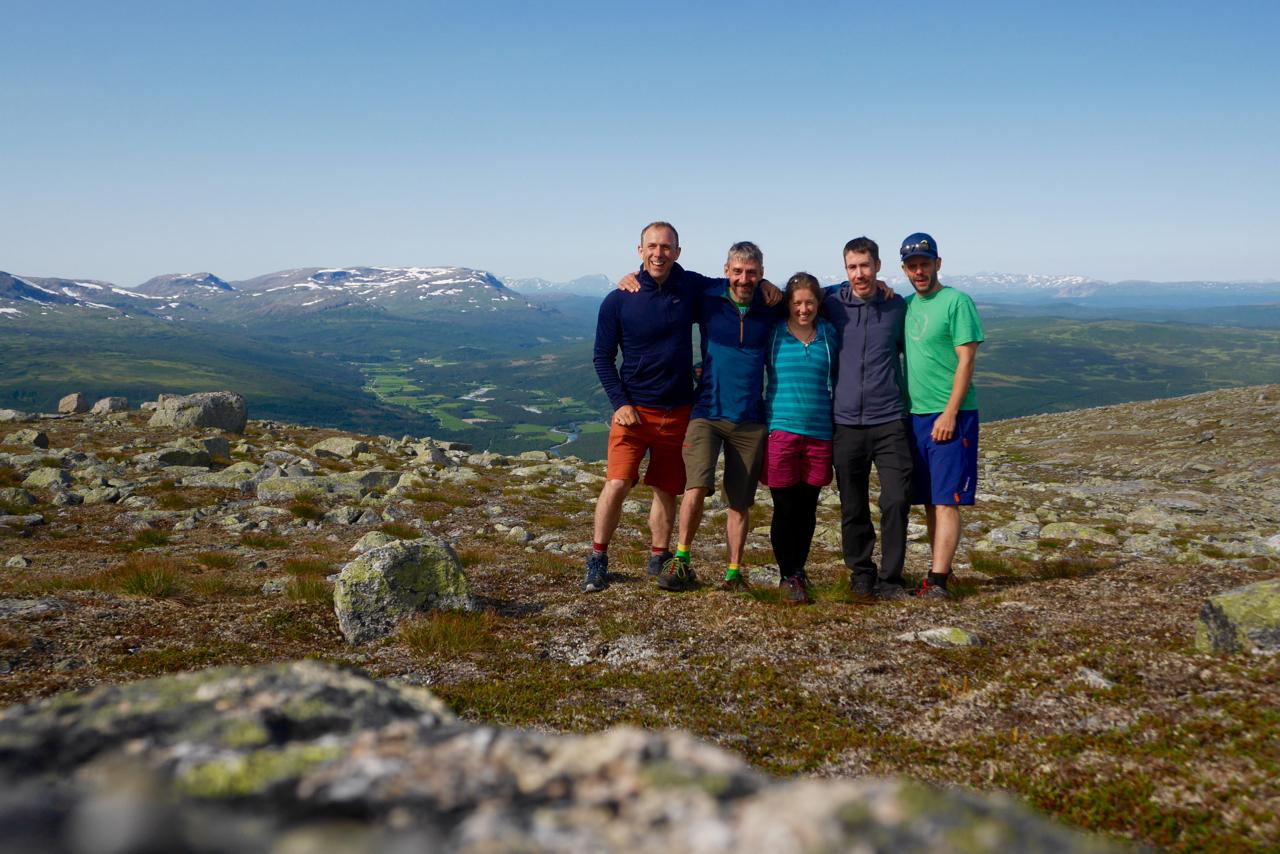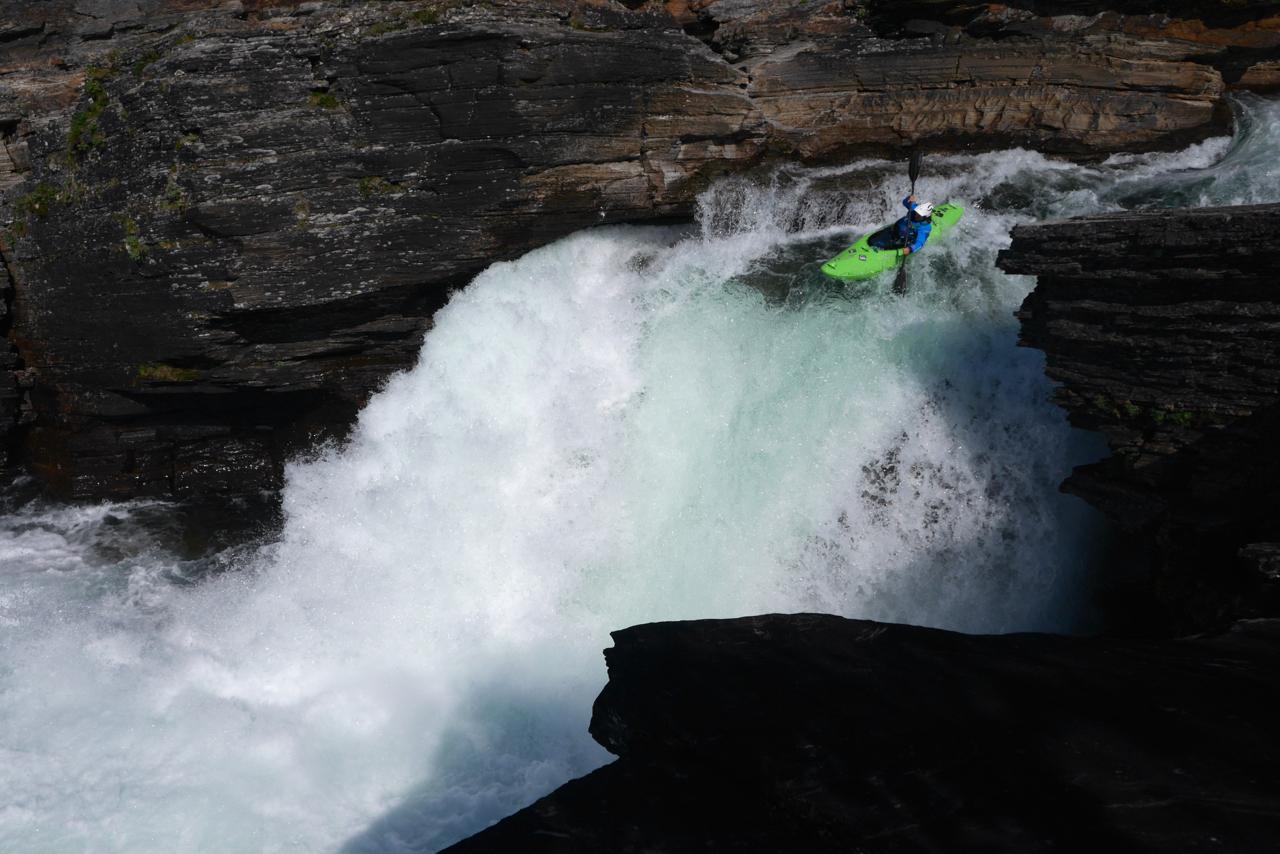
The last time I paddled in Norway was 2010. I had only been paddling a few years and looking back wasn’t ready to paddle the rivers I did. I ended up swimming more than I care to remember, some were rather unpleasant which resulted in a not so nice experience. This summer I returned with a few more years’ under my belt and hoping to enjoy paddling in Norway. The trip ended up being an amazing holiday, and it was great to see how much I had improved since 2010.
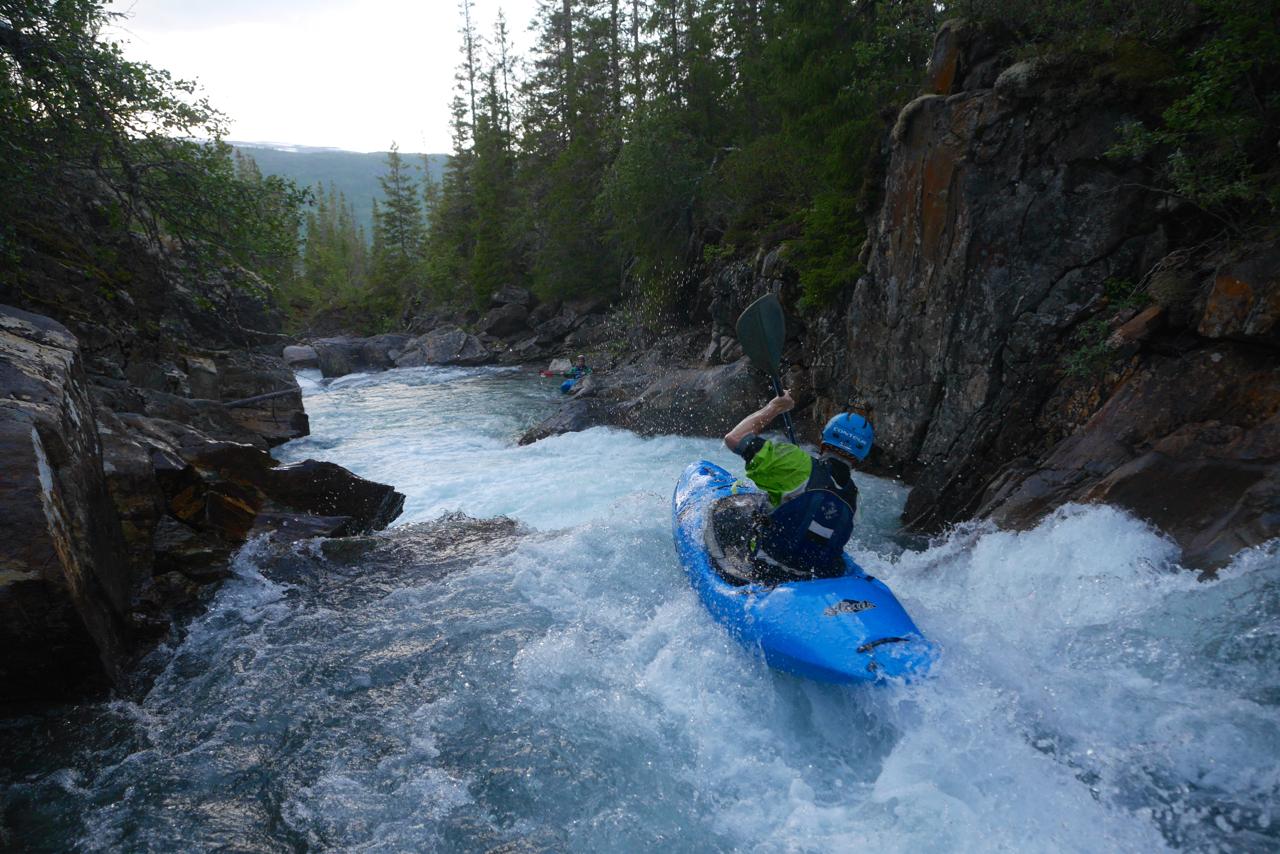
Watching the weather before we left Ireland, Norway was basking in 30 °C sunshine, we realised water levels would be low, but ideal conditions for camping. This resulted in us having to look further afield to find water than the usual hotspots of Sjoa and Voss.
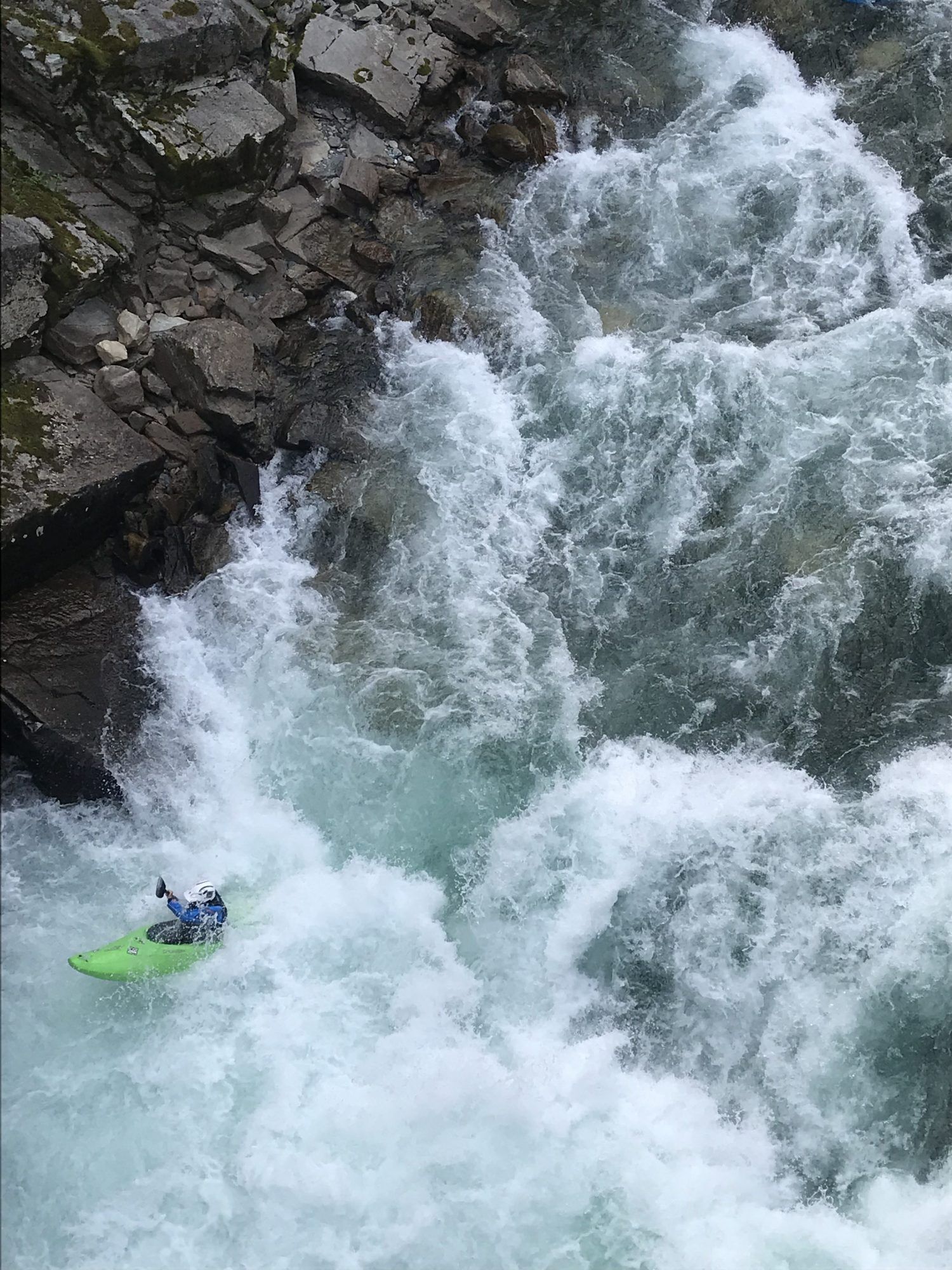
We arrived in Oslo with a plan to head North to Trofors where we hoped to find water. Here are my tips for a northern adventure in Norway.
1. River Guide
You can find the river guide online free of charge,
For river levels, we used the kayaking apps ‘River App’ and ‘Whitewater guide’. These were really helpful.
Local knowledge is always key, thanks to Mariann Saether for providing this. Herself and Ron Fischer own a rafting company in Trofors called River North, they provided us with good information on water levels and rivers we should look at.
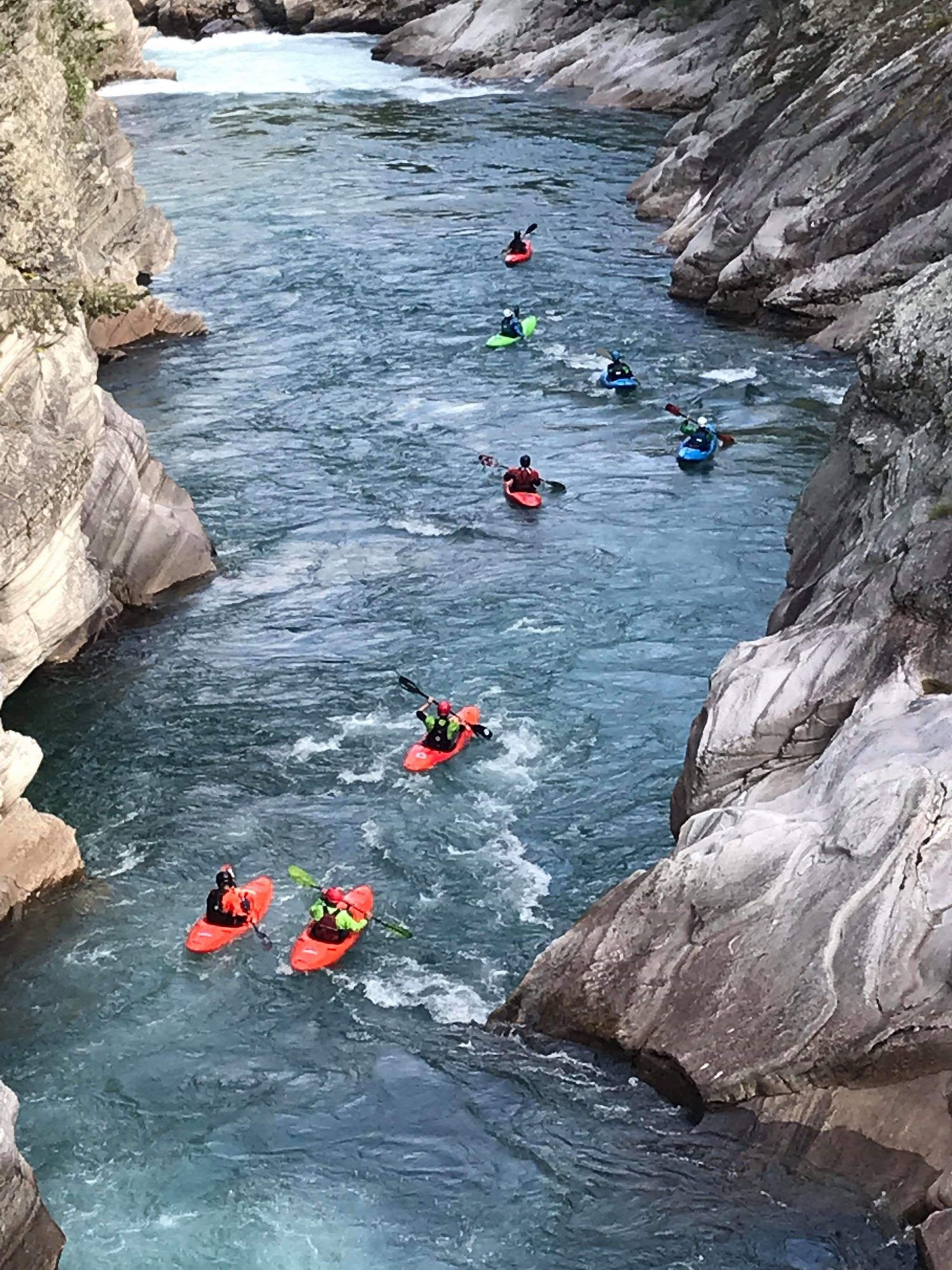
2. Driving
Expect to spend a lot of time in your car/van. We did over 2,500 kilometres in two weeks. Rental cars along with pretty much everything in Norway are expensive, so we decided to look into Rent-A-Wreck. This company does exactly what it says on the tin, but at reasonable prices.
To break up the fourteen-hour drive north we stopped in Sjoa and warmed up on the play-run.
On our drive back south to Oslo we detoured to Trollstigen, the Troll’s road on the R63. This added several hours to our drive, but well worth it. This is an impressive section of road with stunning views from the top, and a nice way to take a day off. By taking this route enabled us to drive back through Lom and a chance to paddle the Bovra. The Driva is also an option to paddle if heading North as it’s on route.
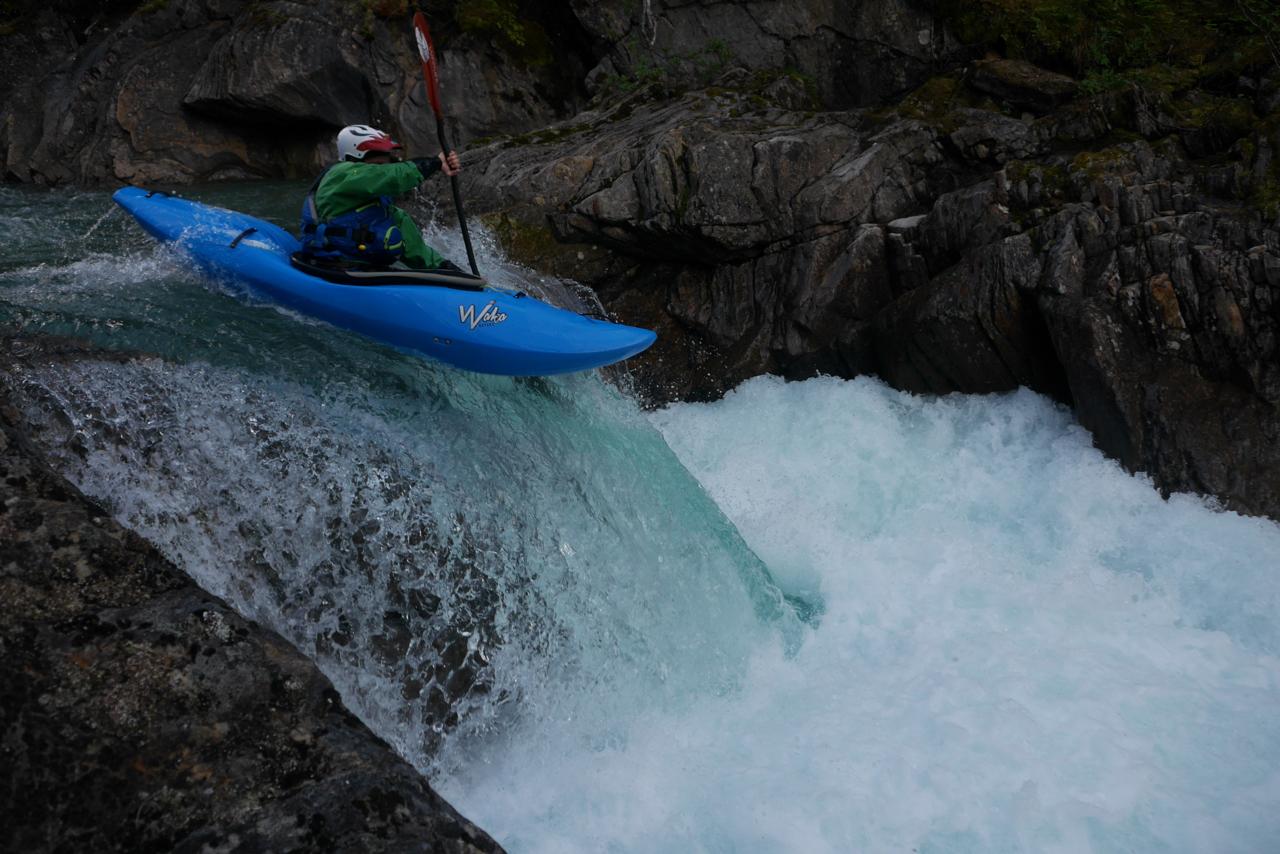
3. Accommodation
Wild camping in Norway is allowed as long as you camp further than 150 metres (or thereabouts) from the nearest house or cabin, the get-on or get-off for rivers can be ideal places to camp. By using Google maps we were able to find what looked like good places to camp. We spent quite a bit of time driving along small country roads in search of an opening in the trees for a flat area to camp
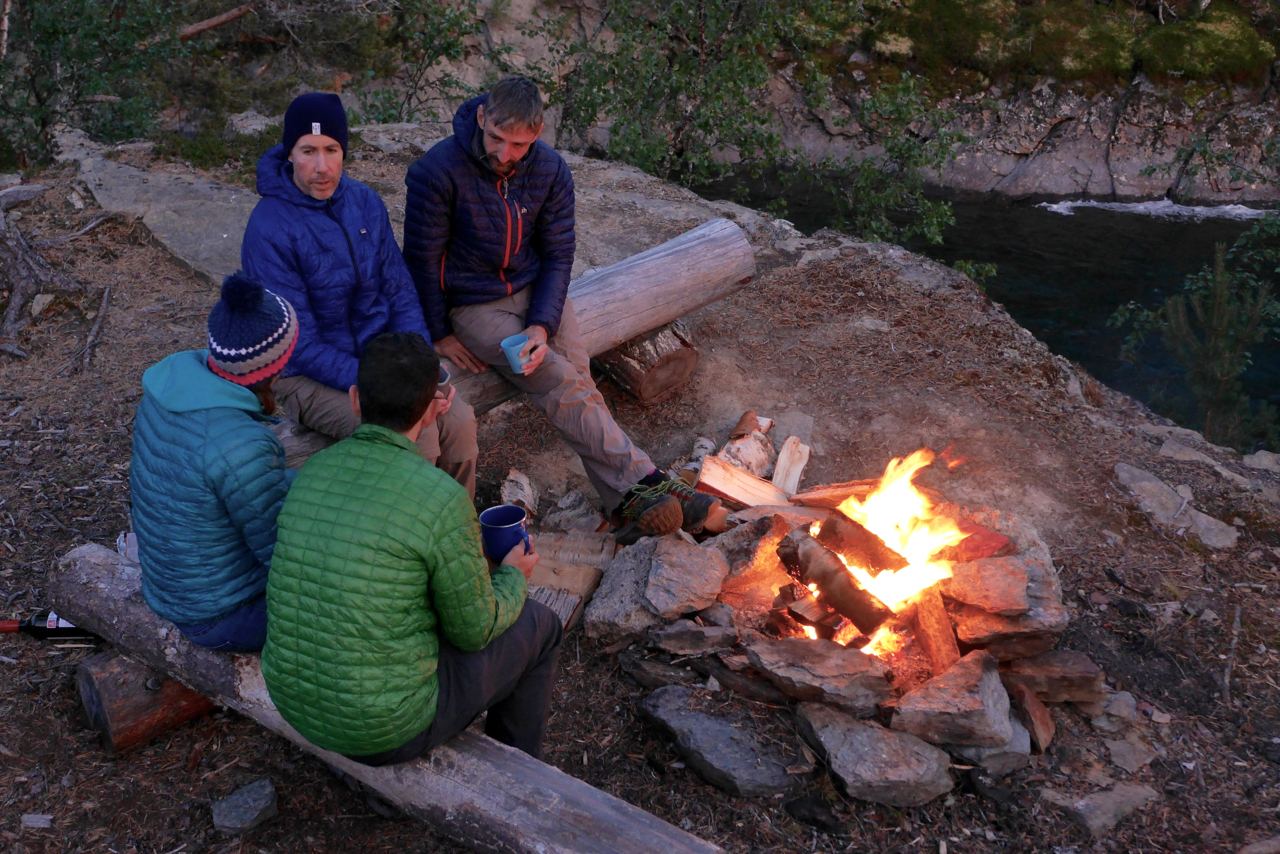
Two weeks in a tent without the comfort of a bed can be tough, luckily many campsites provide small cabins at reasonable prices. They usually come equipped with cooking facilities and some even have private toilets and showers.
We found a lovely farmhouse on the banks of the Susna river. This was owned by a really friendly Norwegian family that gave us fresh milk and bread and was only €35 per person.
Other notable places we stayed in were handy stopover of point on our long drive south, Heidal Rafting popular with many kayakers staying around Sjoa, we stayed here on our last night as it was raining, and we needed to dry gear before our flight the following day. Oslo airport is only a four-hour drive, depending on how many Circle Ks you stop at for free coffee.
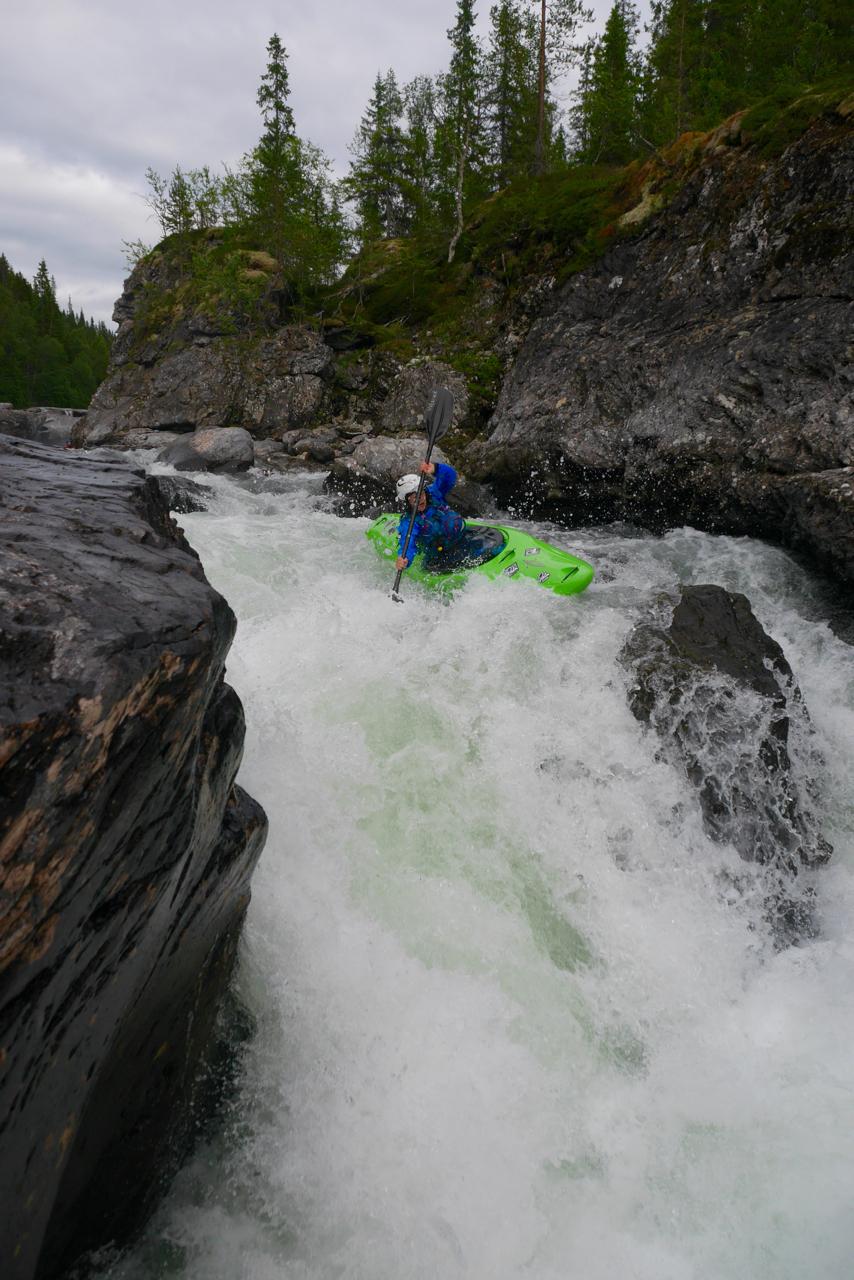
4. Rest Days
Two weeks of kayaking can be full on and exhausting, we decided after seven days to take a day off to recharge. With so many National Parks around it is easy to fill a rest day, we found a really enjoyable hike in the Børgefjell National Park.
Another rest day we spent in Mosjøen (moo-sher-en). A small industrial town on the shore of Vefsnfjorden, with many local attractions such as museums, city beach, zip-wire and they currently have Nepalese workers building stone steps up to a viewing point above the town.
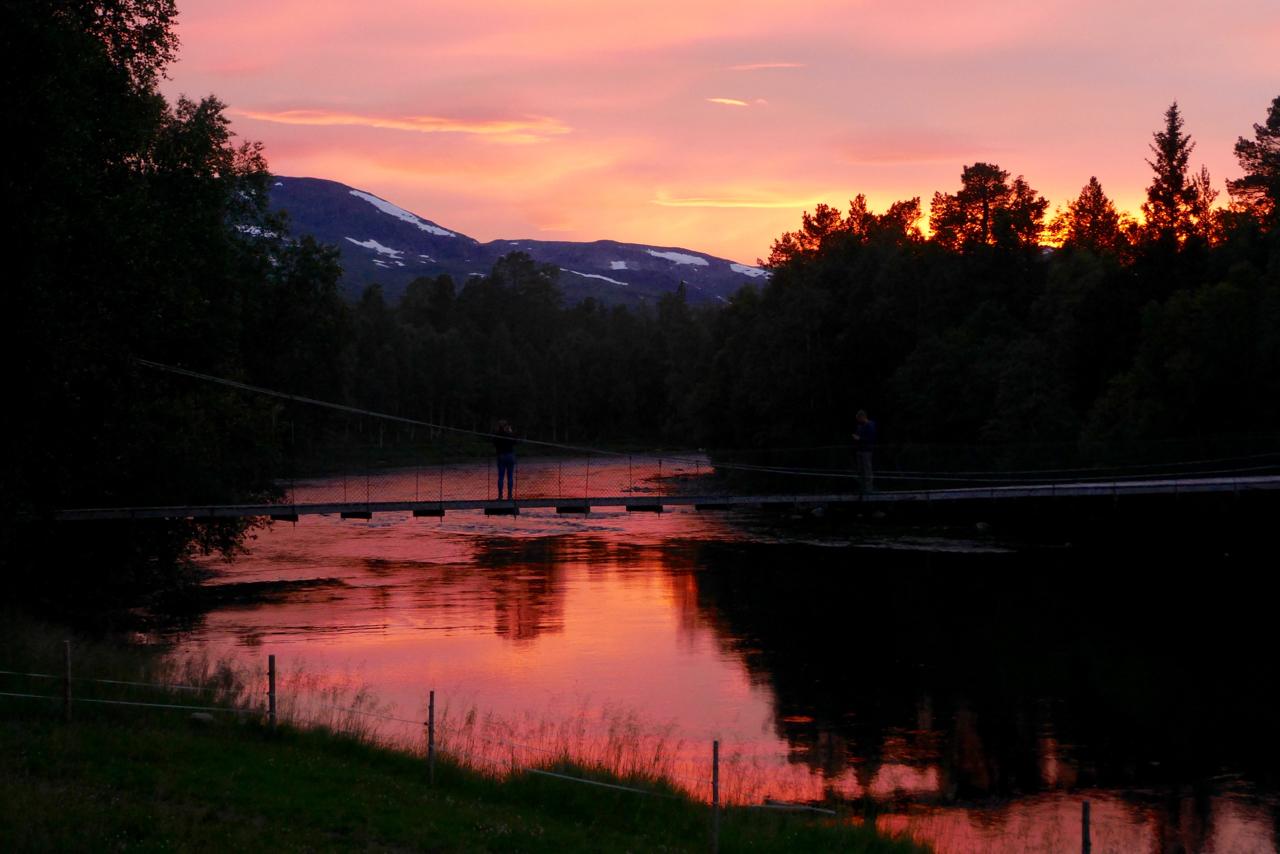
5. Rivers
The rivers in this area have everything you could want; big volume, river running, pool drop and all with beautiful scenery and crystal-clear water.
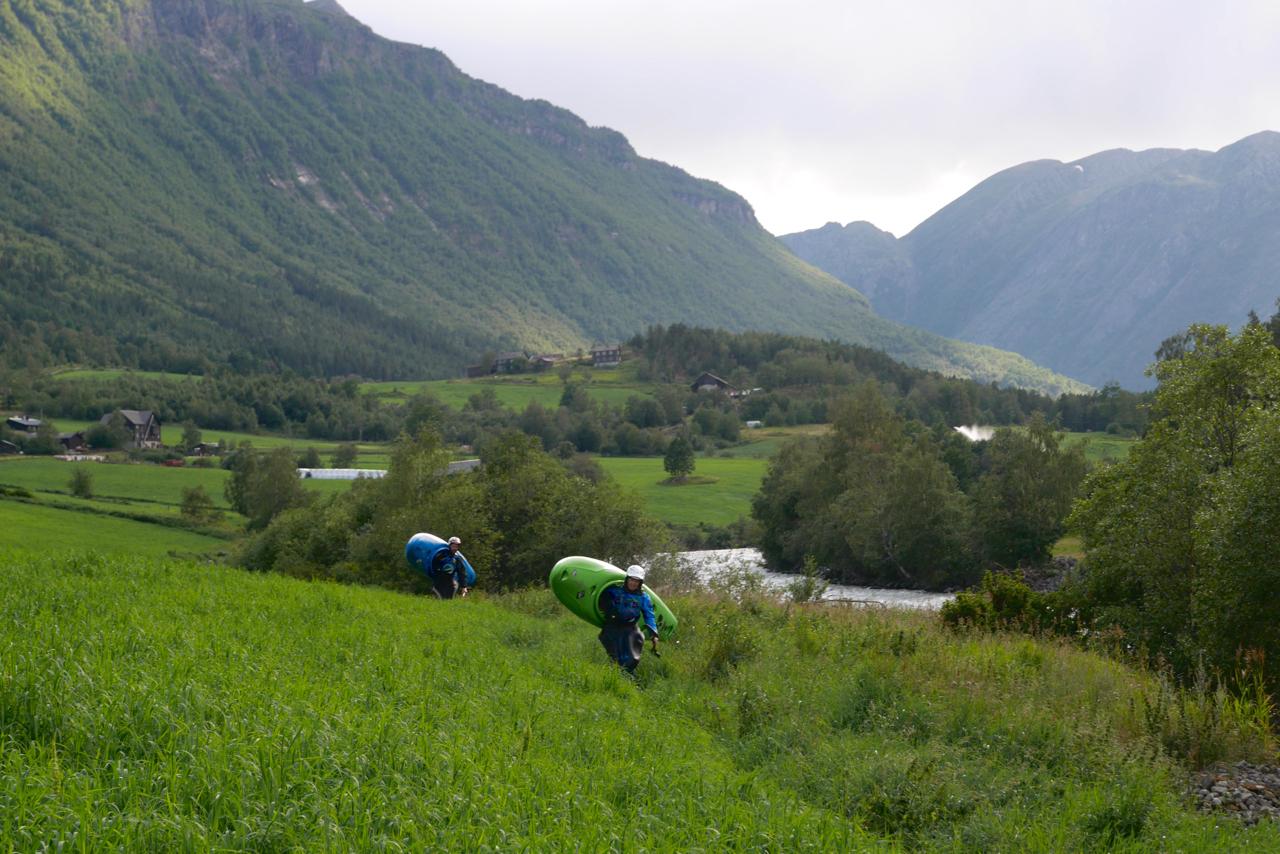
My favourite rivers we did were;
Laupskardelva
This is a short 300-metre section of drops and short slides. We ran it a number of times as a nice warm-up. It easier to scout on the river left side but get in on the river right side after the unrunnable S-bend rapid.
Unkerelva
This river starts at Lake Unkervatnet which is a great place to camp, along the dirt road on the way to the lake you can buy fresh milk from the local farmer. The river starts with a small drop right at the end of the lake. This river runs through a very beautiful gorge and is very remote. The river is a series of drops and read-and-run rapids. The biggest rapid is towards the end starting with a slide and finishing in a drop. I really enjoyed this run.
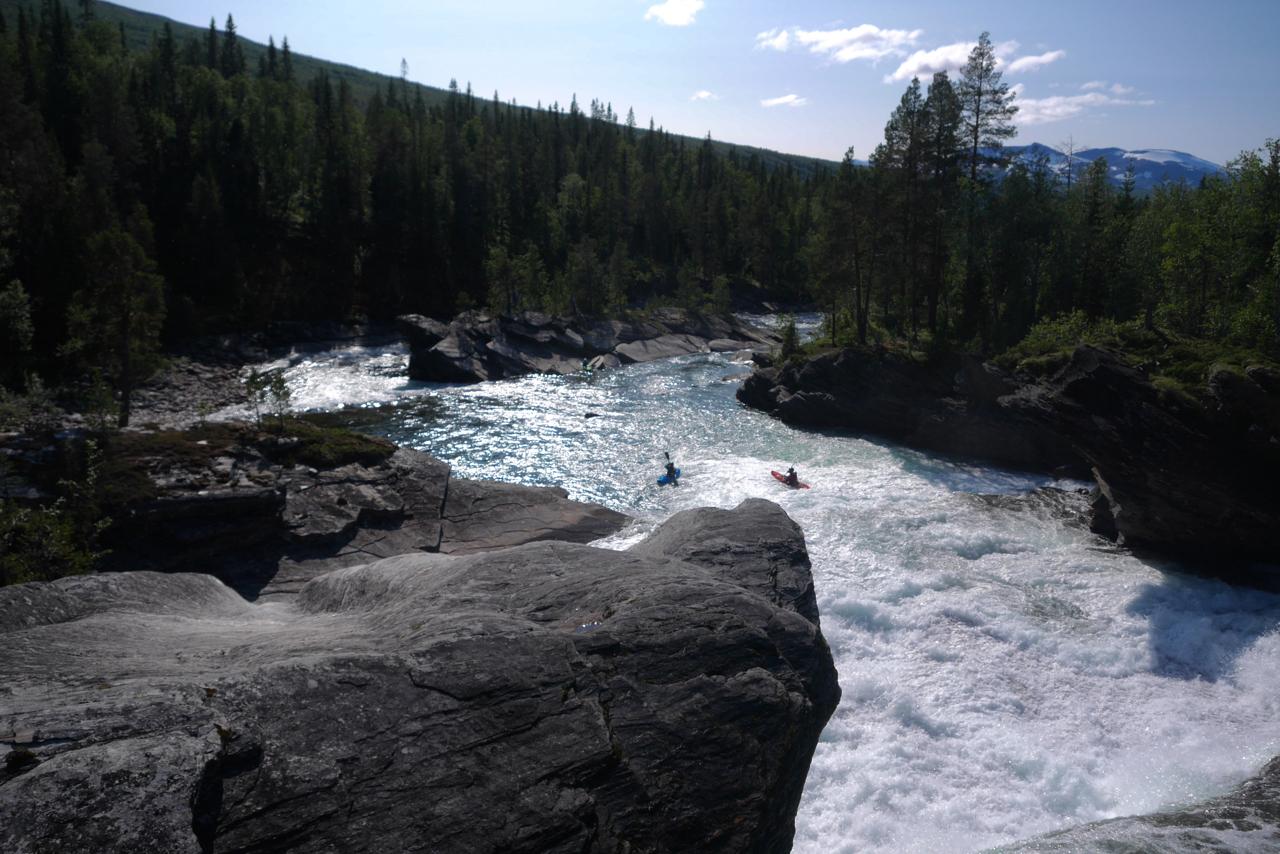
Susna
This was my favourite run in the area and is pool drop in nature, with some big drops and slides. We paddled the classic section from Kroken. This has the famous shower drop, where you boof into a curtain of water, it is really cool and easy to lap. We portaged two drops at the level we ran it at, however at different water levels one of these is probably good to go. We camped at the get out which was a really nice place to camp.
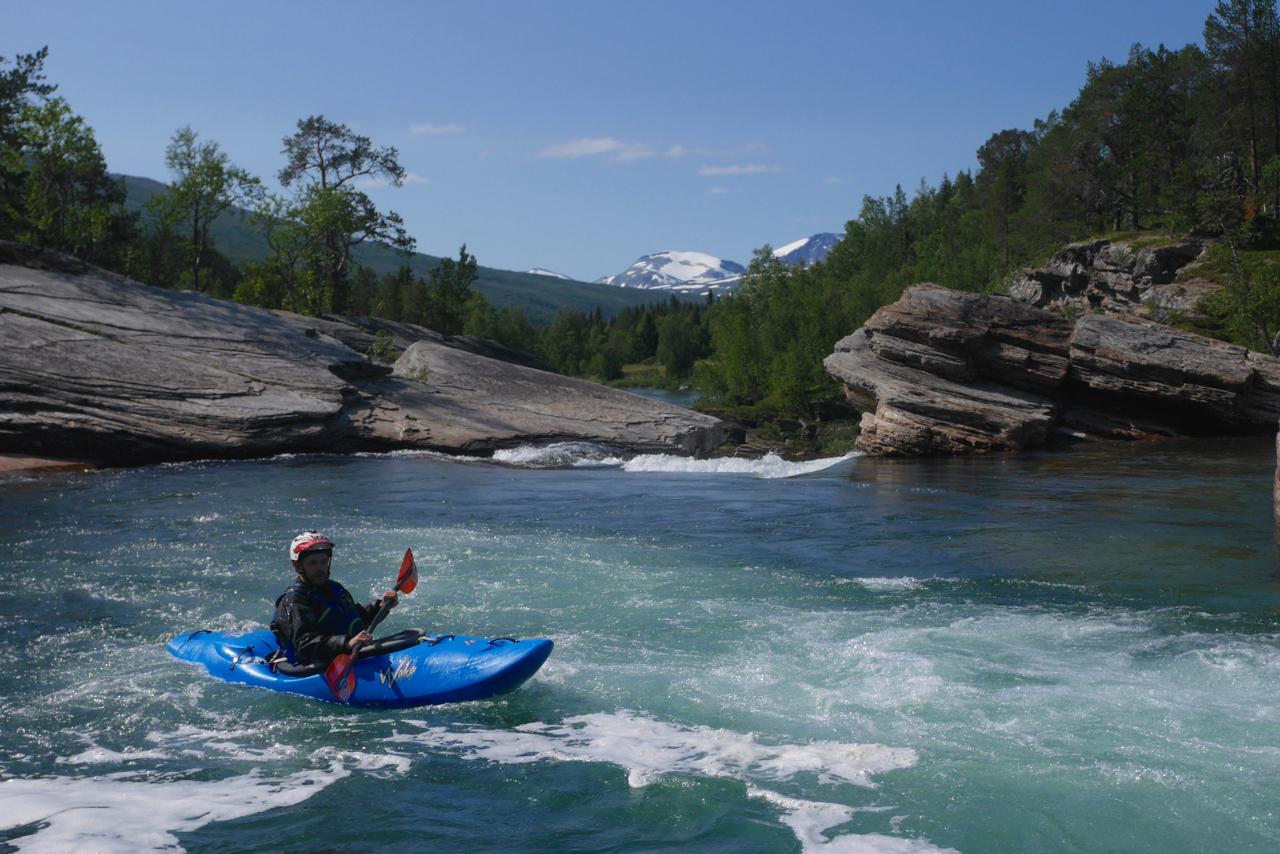
Vesna
This is the longest run in the area and can be done as a multi-day or a long six-hour paddle. There are some really nice sandy beaches to camp on in the gorge. We did a slightly shorter run getting on after the first canyon and paddled 30 km in one day. If you’re doing the upper canyon, it will add an extra 8 km onto your trip and is the hardest section of the river.
The second canyon is a great way to start the river with some great rapids. At the level we ran it, each rapid or drop had a large pool after it. Between the drops there are some long flat sections, but the river runs through a very scenic gorge and the water is crystal clear. The last 12 km from the bridge on the Fv273 to Trofors was my favourite section. The first rapid after the bridge is a big volume rapid with some big waves and holes to navigate. One of my favourite rapids of the trip.
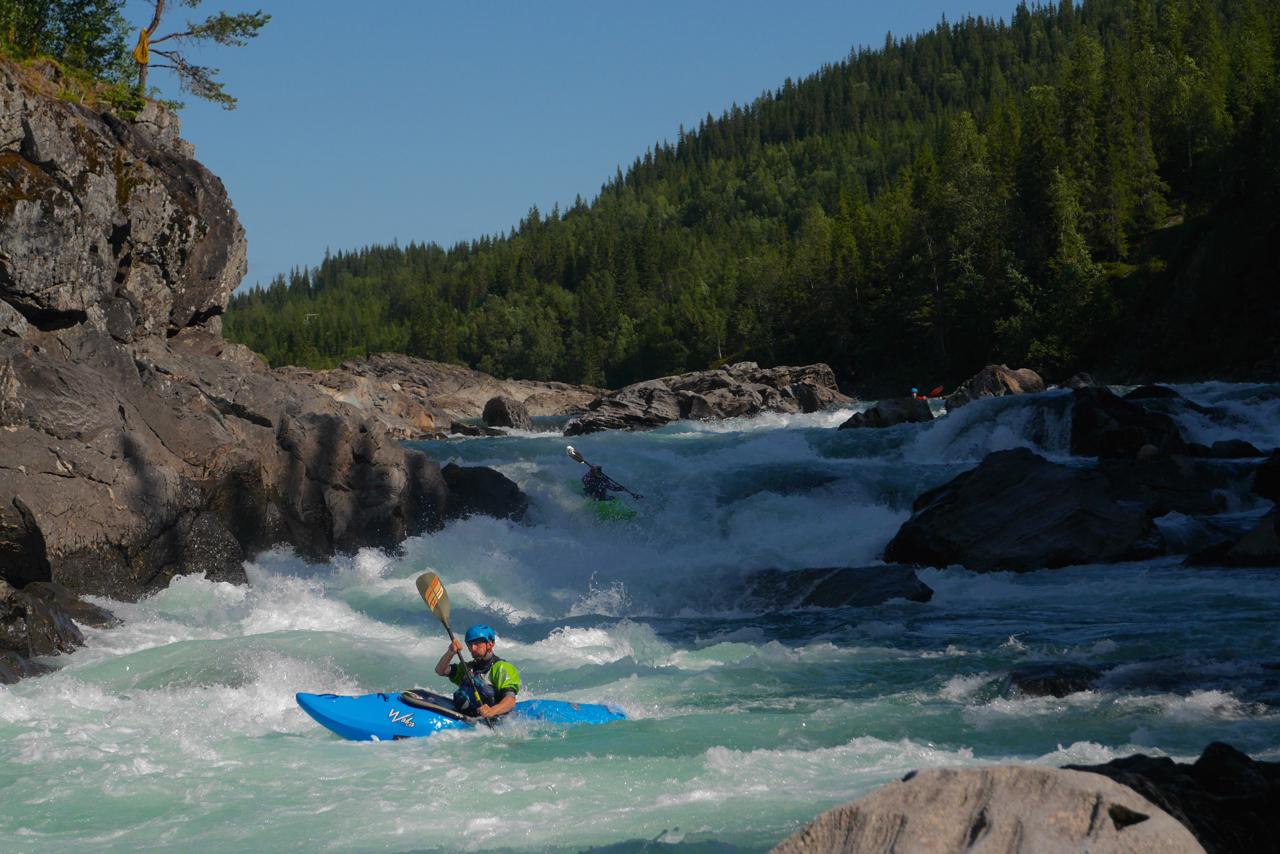
Fliplingdal
This run was the most difficult we did. It is mostly pool drop but has fun class 2/3 rapids in between. The drops can all be scouted except the last 3 in the gorge which are difficult to scout. I loved this river; the drops were challenging but fun and after two weeks of paddling it was a good way to challenge ourselves on our last day paddling up north.
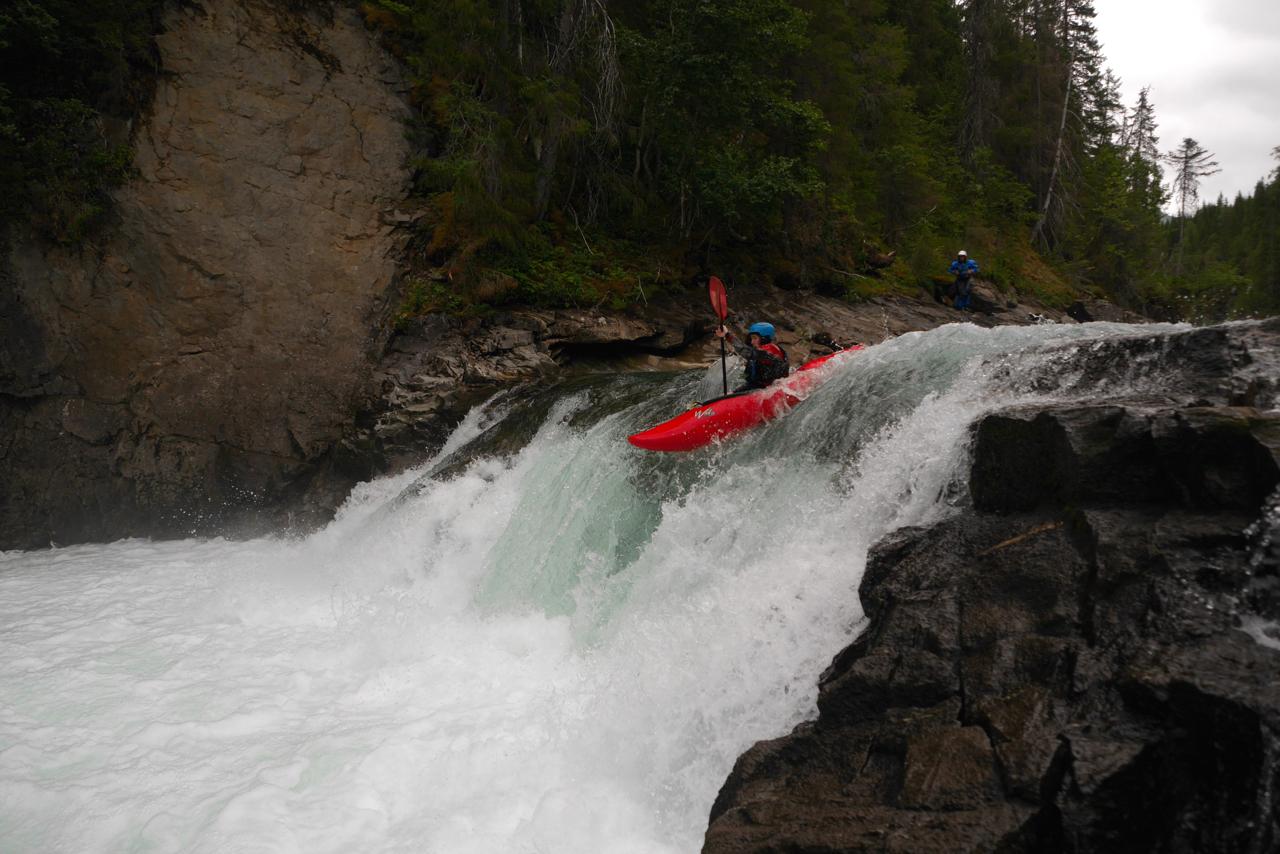
This trip to Norway was a much better experience, I felt strong and comfortable on all the rivers we paddled. The group and friends you paddle with can make a holiday, so thanks to Ultan O’Kane, Fernando Ayuso, Frank Carr and John Costello for making me feel safe and at ease on the water and being being great craic* as always on a paddling holiday.
*In Ireland craic means great fun.
